"Pair Of Bronze Vases-lamps, Japan Meiji Period (1868–1912)"
Large and very decorative pair of Japanese bronze vases with dragon handles and bodies entirely sculpted with birds’ scenes. This pair was probably imported in France around 1900 and mounted to be oil lamps. The lamp structure fits perfectly and are marked for a Parisian marker. Then again over the century, there were electrified. So, you can choose how to display them. New electrical wires and lampshades. This pair will give a lot of exotic character to your home.Size: H 102cm with the shades – H 74 cm with the lamp structure – H 61 cm the vases / W 40 cm from handle to handle / diameter of the base 21 cm
Japan, Meiji period and France, circa 1900.
Lit: European interest in non-Western art was first stimulated by trade with the East in the sixteenth and seventeenth centuries. By the nineteenth century, with the advent of the railroad and steamship, lands that were little known to Westerners became easier to access. As more Europeans traveled beyond the established routes of the Grand Tour, their experiences abroad began to influence their tastes at home. Other influences were a result of England’s massive imperial control over lands in China, India, Africa, and the Pacific. By mid-century, many non-Western forms and ornamental motifs had found their way into the vocabulary of European decorative arts. The fascination for exotic styles was fueled by significant displays of non-Western art at many of the international exhibitions from 1851 onward. Throughout the nineteenth century, the arts of China and Japan were an inexhaustible source for design ideas. Chinoiserie, a pseudo-Chinese decorative style popularized by Europeans in the 1730s, reappeared during the Regency and continued into the nineteenth century. Following the opening of Japan to trade with the West in 1854, the influence of Japanese arts resonated in nearly all media. The simplicity of Japanese craft, design, and construction found favor among the Gothic revivalists—the architect William Burges called the Japanese display at the International Exhibition of 1862 the “true medieval court”—and the abstract and asymmetrical approach of Japanese design greatly affected the Aesthetic movement. Japanese prints influenced porcelain designs, and Japanese fans, parasols, and blue-and-white porcelain became de rigueur accessories for the fashionable interior. (source: article “exotism in the decorative arts”, by Sara J. Oshinsky, Cooper-Hewitt, National Design Museum/Parsons School of Design, New York)























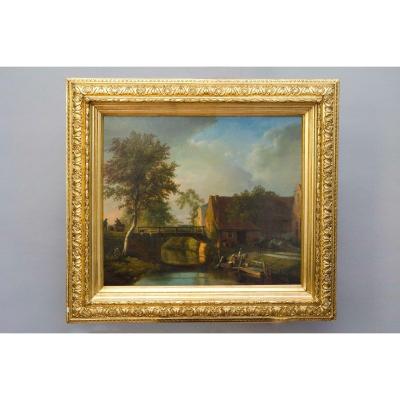
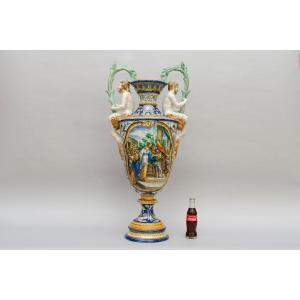

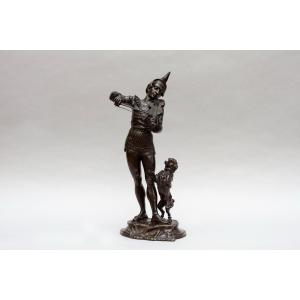
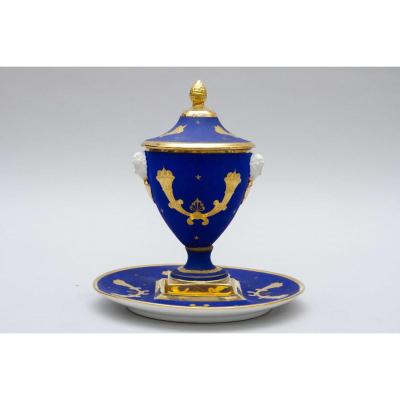
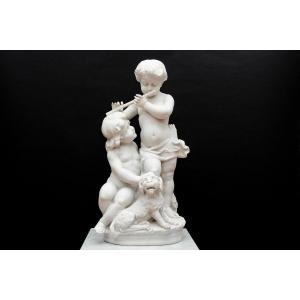



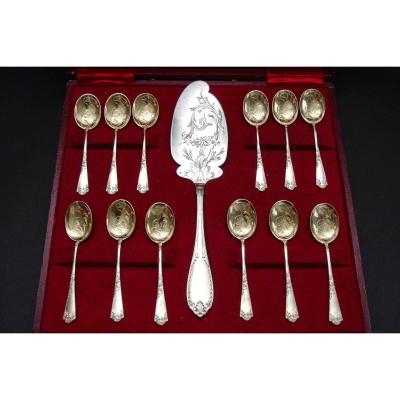



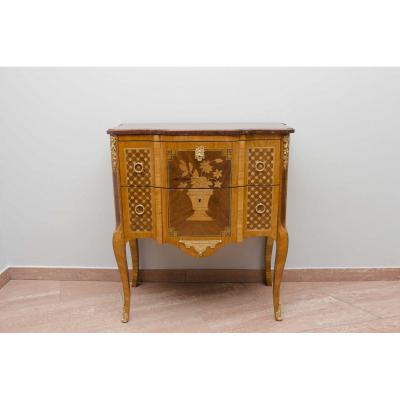
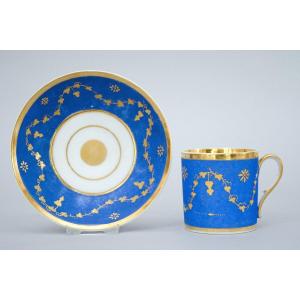
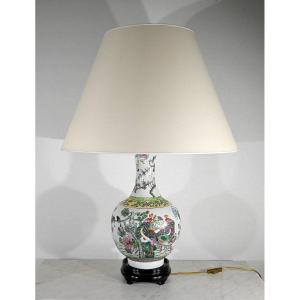
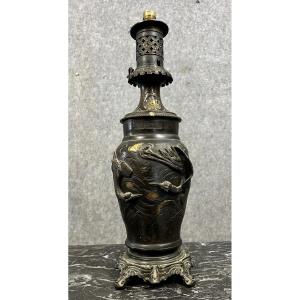
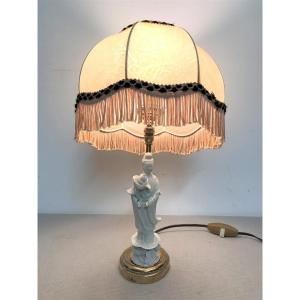
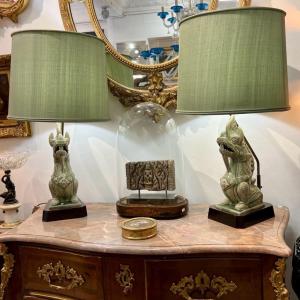
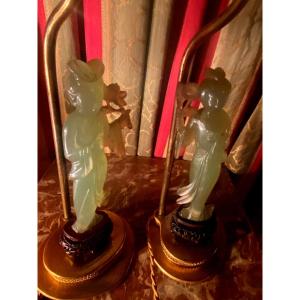




 Le Magazine
Le Magazine Rivista Artiquariato
Rivista Artiquariato TRÉSORS magazine
TRÉSORS magazine